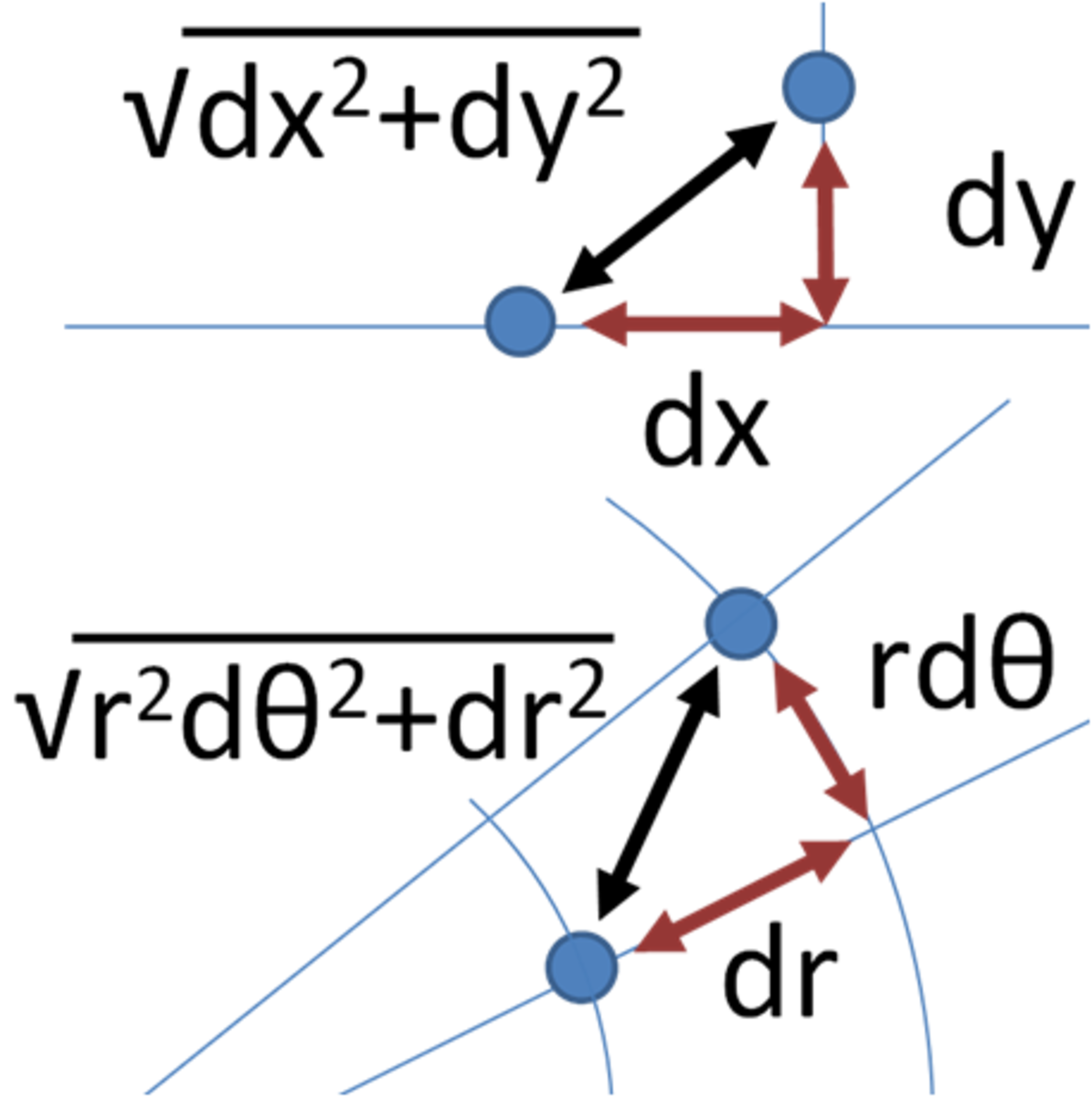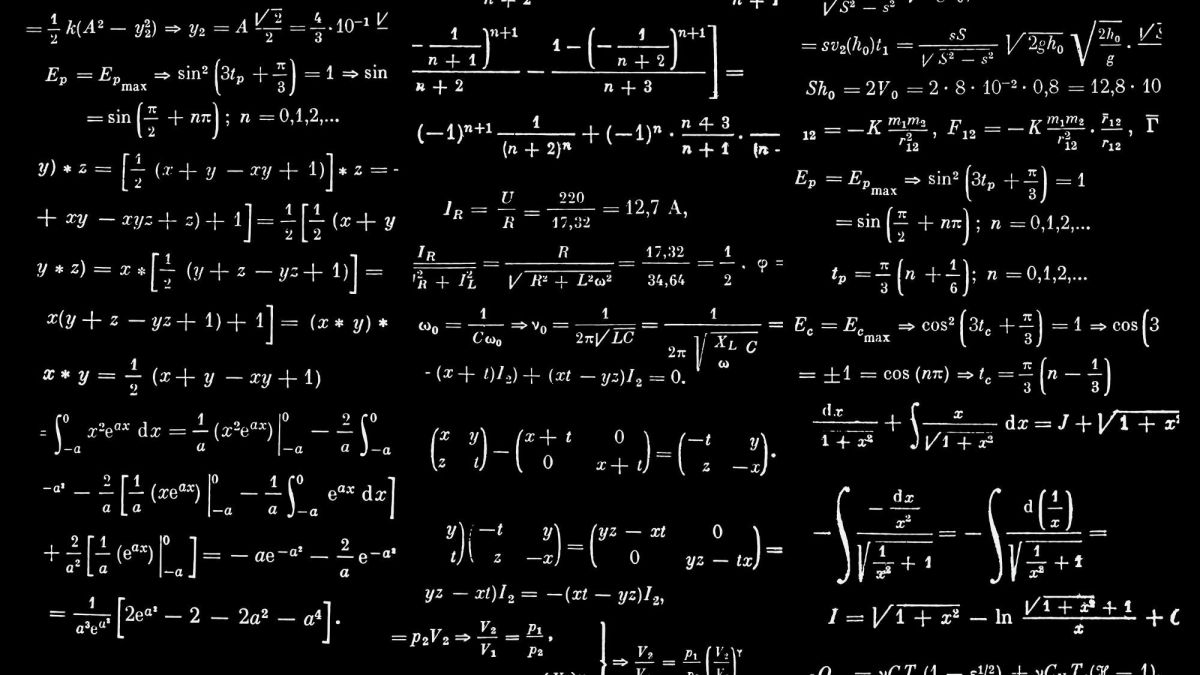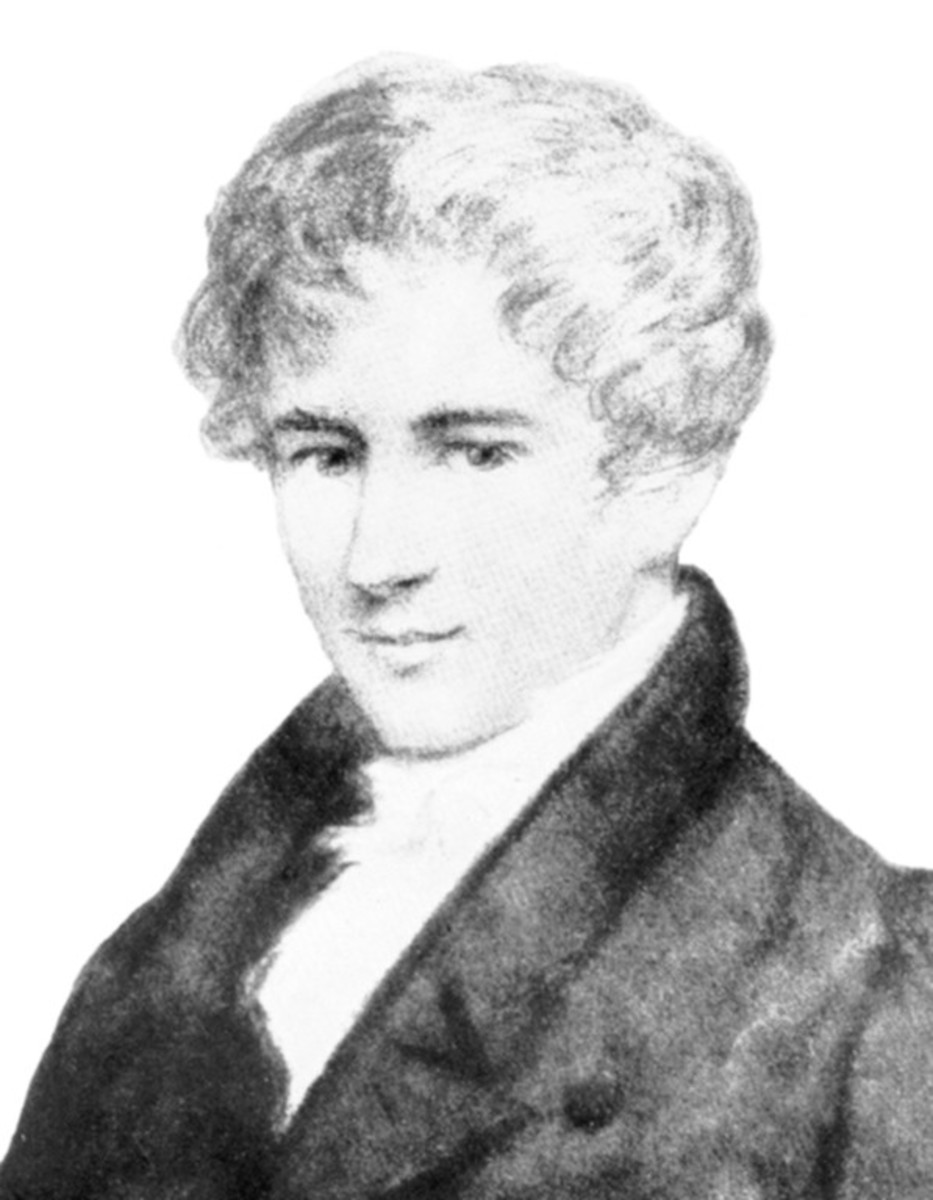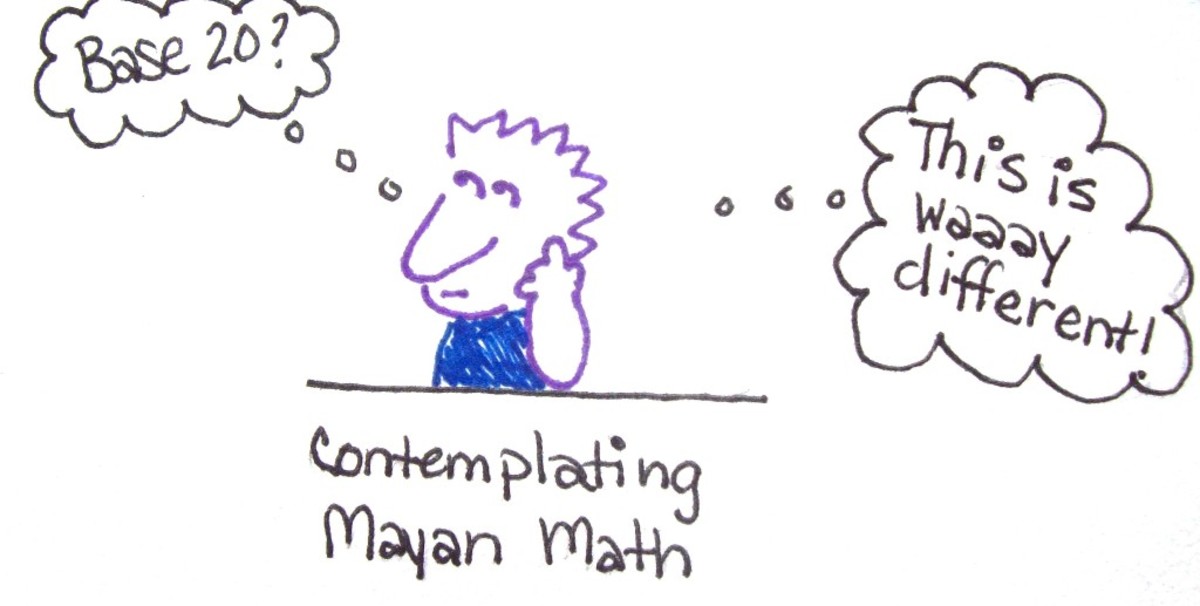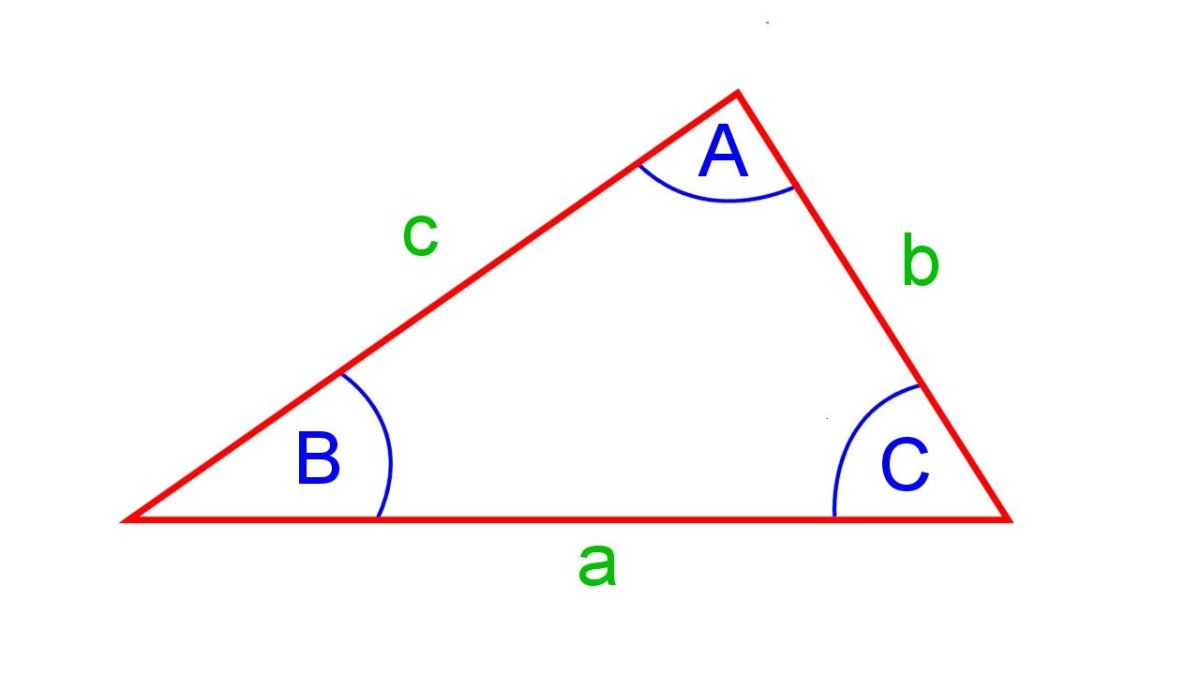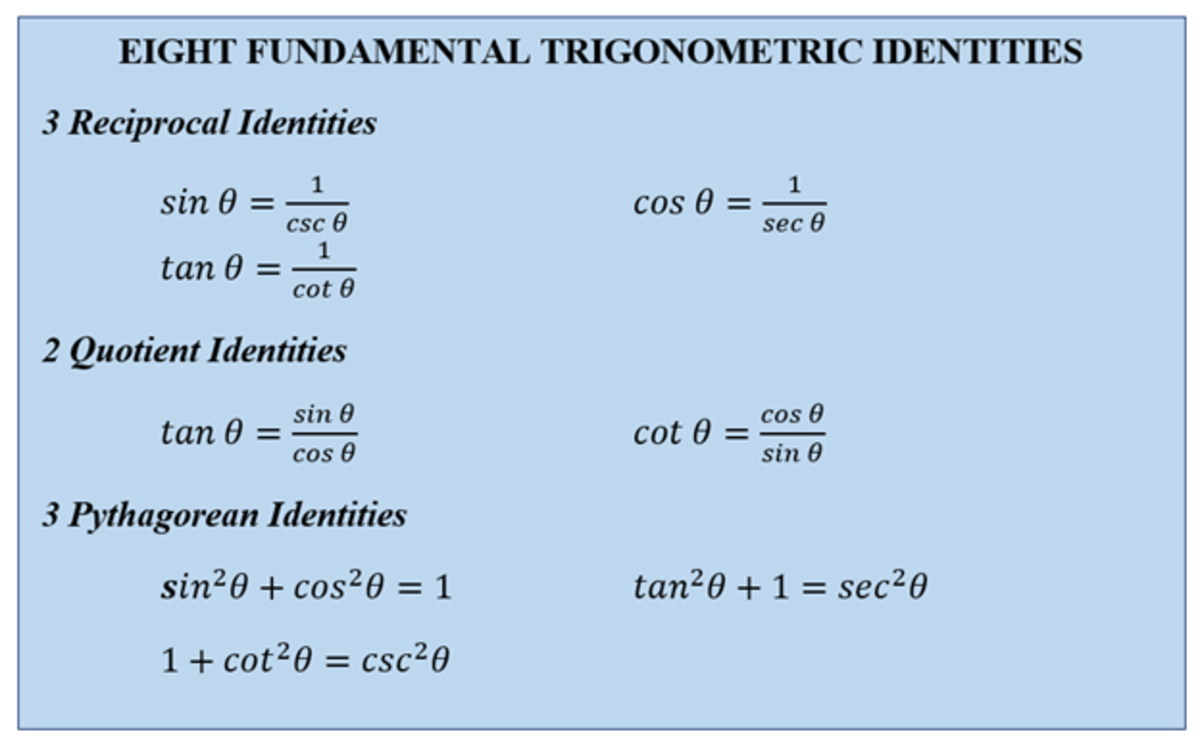Vedic Mathematics Tips
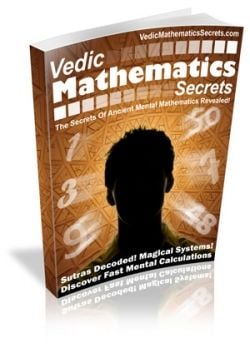
What is Vedic Mathematics?
Vedic Maths is based on sixteen Sutras or principles. These principles are general in nature and can be applied in many ways. In practice many applications of the sutras may be learned and combined to solve actual problems. These tutorials will give examples of simple applications of the sutras, to give a feel for how the Vedic Maths system works.
Vedic Mathematics is the name given to the ancient system of Mathematics which was rediscovered from the Vedas between 1911 and 1918 by Sri Bharati Krsna Tirthaji (1884-1960). According to his research all of mathematics is based on sixteen Sutras or word-formulae. For example, 'Vertically and Crosswise` is one of these Sutras. These formulae describe the way the mind naturally works and are therefore a great help in directing the student to the appropriate method of solution.
Perhaps the most striking feature of the Vedic system is its coherence. Instead of a hotch-potch of unrelated techniques the whole system is beautifully interrelated and unified: the general multiplication method, for example, is easily reversed to allow one-line divisions and the simple squaring method can be reversed to give one-line square roots. And these are all easily understood. This unifying quality is very satisfying, it makes mathematics easy and enjoyable and encourages innovation.
In the Vedic system 'difficult' problems or huge sums can often be solved immediately by the Vedic method. These striking and beautiful methods are just a part of a complete system of mathematics which is far more systematic than the modern 'system'. Vedic Mathematics manifests the coherent and unified structure of mathematics and the methods are complementary, direct and easy.
The simplicity of Vedic Mathematics means that calculations can be carried out mentally (though the methods can also be written down). There are many advantages in using a flexible, mental system. Pupils can invent their own methods, they are not limited to the one 'correct' method. This leads to more creative, interested and intelligent pupils.
Interest in the Vedic system is growing in education where mathematics teachers are looking for something better and finding the Vedic system is the answer. Research is being carried out in many areas including the effects of learning Vedic Maths on children; developing new, powerful but easy applications of the Vedic Sutras in geometry, calculus, computing etc.
But the real beauty and effectiveness of Vedic Mathematics cannot be fully appreciated without actually practising the system. One can then see that it is perhaps the most refined and efficient mathematical system possible.
Searching for the ultimate mental math strategies? Check this out and be amazed!
"Amazing Discoveries Decoded From Ancient India Revealed A Whole New Way Of Simplified Mental Math Strategies! Now You Can Simplify And Calculate Math Problems Mentally With Ease Even If You're Absolutely Terrible At Math Or If You Just Want To Improve Your Skills, Make Higher Grades In School, Or Just For FUN
Vedic Maths Tutorial
Use the formula ALL FROM 9 AND THE LAST FROM 10 to
perform instant subtractions.
For example 1000 - 357 = 643
We simply take each figure in 357 from 9 and the last figure from 10.
So the answer is 1000 - 357 = 643
And thats all there is to it!
This always works for subtractions from numbers consisting of a 1 followed by noughts: 100; 1000; 10,000 etc.
Similarly 10,000 - 1049 = 8951
For 1000 - 83, in which we have more zeros than
figures in the numbers being subtracted, we simply
suppose 83 is 083.
So 1000 - 83 becomes 1000 - 083 = 917
Exercise 1 Tutorial 1
Try some yourself:
1) 1000 - 777 =
2) 1000 - 283 =
3) 1000 - 505 =
4) 10,000 - 2345 =
5) 10,000 - 9876 =
6) 10,000 - 1011 =
7) 100 - 57 =
8) 1000 - 57 =
9) 10,000 - 321 =
10) 10,000 - 38 =
|
|
|
|
|
V
Answers to exercise 1 Tutorial 1
1) 223
2) 717
3) 495
4) 7655
5) 0124
6) 8989
7) 43
8) 943
9) 9679
10) 9962
"What Exactly Is Vedic Mathematics? A Super Math?"
Vedic Mathematics is a system of mathematics consisting of 16 basic sanskrit concepts related to ancient Hindu Mythology which was recently discovered that enables anyone, especially those who struggle with math, to solve problems quickly and easily, often times in their head, in seconds.
It uses an ancient system of mathematics discovered from palm leaves in ancient India which has in recent times re-emerged as an alternative to simplifying math for all!
“Discover The Secret Method That Some of The World’s Smartest Mental Math Magicians Use To Solve Complex Problems Mentally In Their Head In Seconds With Pin Point Accuracy
- Now You Can TOO!"
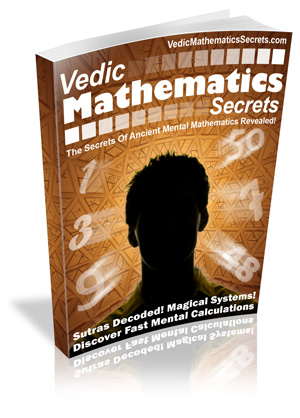
VEDIC MATHEMATICS
THE 16 SUTRAS
The revival of Vedic Mathematics is no less than a miracle. Extracting the theorems and corollaries from religious texts requires not only an understanding of the scriptures but also a genuinely intelligent mind. Jagadguru Swami Bharti Krisna Tirthahji Maharaj, Shankracharya of Sharda Peeth and Goverdham Math discovered 16 Vedic Sutras and 13 Upsutras in the Parishistha of Atharvved. This he achieved through rigorous tapas and transcendental meditation. Through sheer intuition and scholarly pursuit he was able to decode them and get wide ranging mathematical principles and applications from them. He found that these Sutras covered all aspects of modern mathematics. He
wrote extensively on the subject, but unfortunately he later discovered that none of his works had been preserved. In his old age with his failing health and eyesight, he wrote from his memory an introductory account of the subject. He attained Mahasmadhi in 1960. A book on Vedic Mathematics was published in 1965 and was edited on the basis of manuscript and notes left by Swamiji. This book is the first of its kind which explores the Vedic basis of mathematical calculations.
After many decades there has been a fresh interest in the subject both among Indian scholars and foreigners. It may be noted that at the time of the publication of the book a controversy arose about the source of these 16 Sutras and the level of mathematics contained in them. One view was that these Sutras do not have a Vedic source and that they deal only with simple arithmetical operations.
The latest research in Vedic mathematics suggests that there are sixteen Sutras which have been expanded upon by an additional thirteen Sub-Sutras or corollaries.
1. "Ekadhikena Purvena" "By one more than the previous one"
2. Nikhilam Navatascaramam Dasatah "All from 9 and the last from 10"
3. The Urdhva Tiryaghyam Sutra "Vertically and crosswise (multiplications)"
4. Paravartya Yojayet "Transpose and apply"
5. Sunyam Samyasamuccaye "If the Samuccaya is the same (on both sides of the equation, then) that Samuccaya is (equal to) zero"
6. (Anurupye ) Sunyamanyat ( If one is in ratio the other one is zero)
7. Sankalana-vyavakalanabhyam
8. Puranapuranabhyam
9. Calana-kalanabhyam
10. Yavadunam
11. Vyastisamastih
12. Sesanyankena Caramena
13. Sopantyadvayamantyam
14. Ekanyunena Purvena
15. Gunitasamuccayah
16. Gunakasamuccayah
The above Sutras are used for different mathematical calculations in conjunction with other Sutras
Want to know more about Vedic Maths?

